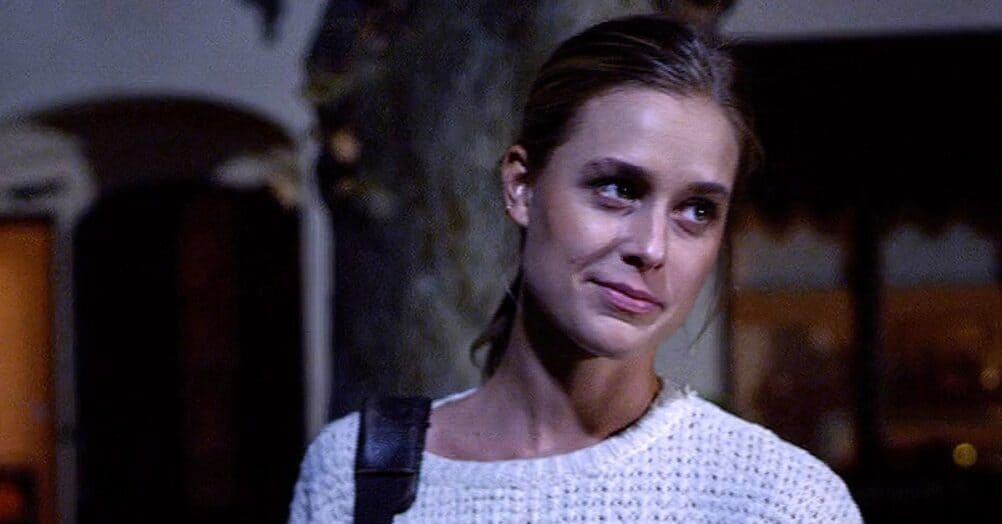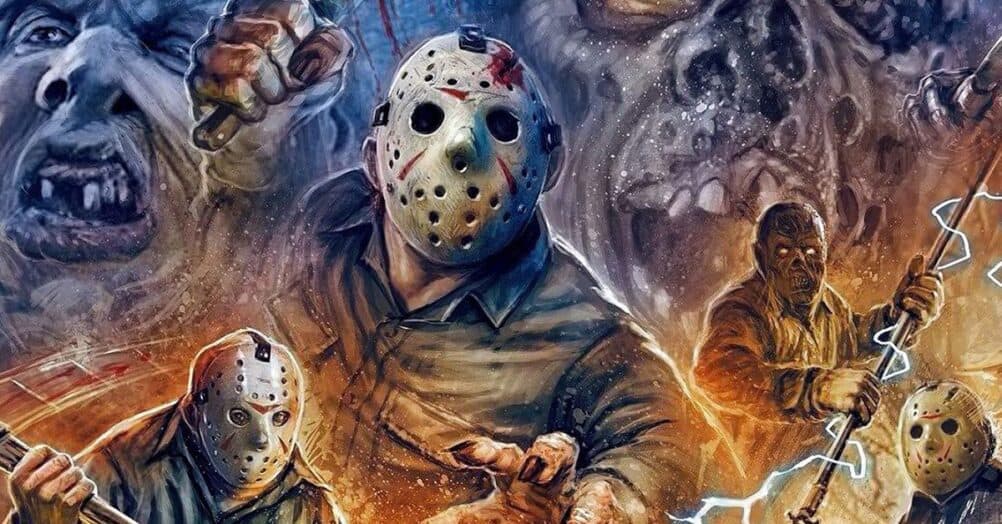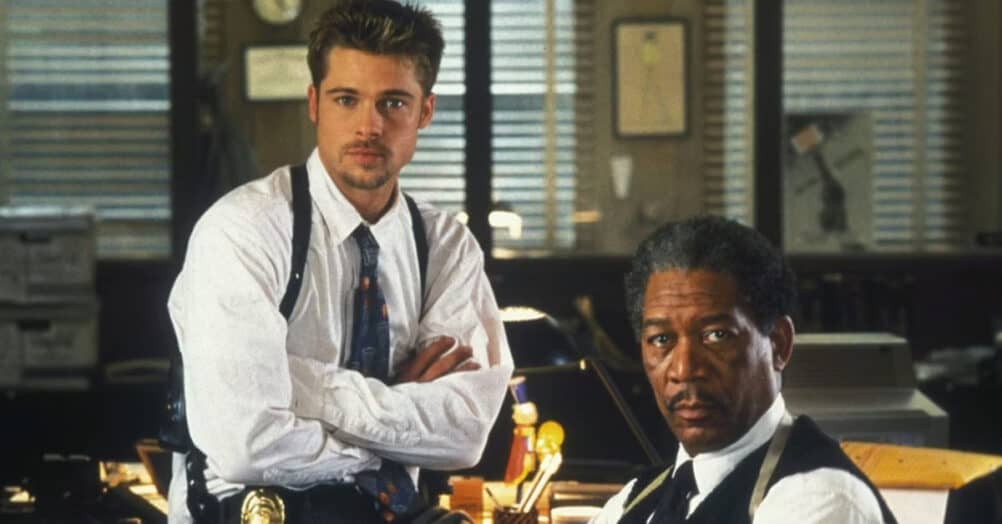Last Updated on August 5, 2021

PLOT: ROOM 237 director Rodney Ascher continues his pseudo-documentary stylings by interviewing eight people victimized by sleep paralysis. The common thread? They’re all more or less vexed by the same suffocating NIGHTMARE: sleep paralysis!
REVIEW: After leaving the doc world astir with his thought-provoking Kubrick love-letter ROOM 237, filmmaker Rodney Ascher is back with another gimmicky quasi-documentary called THE NIGHTMARE. I say gimmicky because, unlike most documentaries that adhere to an objective truth-telling template, Ascher uses the anecdotal anxiety of eight unrelated people deeply afflicted with the disorder of sleep paralysis, and somewhat exploitatively, dramatically reenacts their twisted tales through a barrage of cheap horror movie tropes. Four men, four women, some quite credible, some far less so…the sum total seems much less interested in actually addressing sleep paralysis – the how, why, when, and what can be done – and instead much more invested in scaring its viewers into state of empathetic dread. But aside from an unsettling moment or two, THE NIGHTMARE is more likely to conjure past ghosts from the converted while inducing a deep sleep from the disaffected.

So eight strangers spanning across the U.S. (and one from England) are interviewed separately – Chris, Jeff, Ana, Kate, Korrine, Stephen, Connie and Forrest. One by one, they recount the horrors of their personal sleeping disorders, all of which fall under the phenomenon known as sleep paralysis. That is, a crippling sense of being unable to move your body at all, or even breathe, becomes a recurrent nightmare once you fall asleep. Not only that, these eight people have all encountered petrifying bouts of sleep paralysis that are visually accompanied by an evil presence, a dark and cold malevolent force that haunts their every slumbering moment and dolls out varying degrees of torment. The Shadow Man, or The Hat Man, two gaunt silhouetted figures who appear in three dimensional physical form, manifest a sense of being right there in the room with these folks…all while they cannot move so much as a finger. Frightening, right?
At times, mildly. Ana’s haunting recollections of being sexually violated by an unseen presence, a la THE ENTITY, was quite unnerving. So too was Connie’s horrific memories of huge black blobs oozing their way onto her bed while being utterly shiftless. In fact, on the whole, I found the women’s testimony far more credible than their male counterparts. Problem is, there’s zero attempt to actually examine sleep paralysis with any measure of sincerity. No scientists are interviewed, no psychiatrists, no psychologists, no sleep experts, no one. Instead, Ascher feels it necessary to visually dramatize these hallucinatory nightmares as a means of entertainment. But A). Half of these scenarios come off as half-cocked crockery to begin with, likely due to infant recollections and possibly as a result of heavy drug abuse and B). the chintzy VFX in this flick rival the low-quality of a late Ed Wood production. Really, I’ve seen better graphics on a f*cking Atari game from 25 years ago. None of the visual reenactments really do justice to the true terror the subjects, however stable and unhinged they may be psychologically, must have felt in the moment.

To that end, I think the entire movie would be far better if it were 100% fiction. If this were a full-fledged “mockumentary” performed by amateur or untrained actors, the result would be much more impressive. But as a real documentary, it’s kind of a sham, a mockery of a different kind. It’s quite dissatisfying as a thorough examination of sleep paralysis, and too lackluster as a dramatic anecdotal rendering. Also, there’s never any real forward momentum that builds to one giant “oh-shit” moment, or some kind of connective “ah-ha” angle that ties each episode together. Nope, you quickly realize about an hour in that’s this movie has nothing really important or powerful to say, and nowhere to really go with all these shared, admittedly terrifying, experiences. It does shine a light on similar phenomena people across the globe have endured, but never does enough with that eerie information to make an impact, cathartically or recreationally. I wish it had.
While I dug ROOM 237 quite a bit, I’m sort of split down the middle on THE NIGHTMARE. It’s mediocrity as a doc is matched only by its mediocrity as horror fiction, and despite a decently chilling moment here or there, the sum of its parts rather disappoints. I suppose admiration is in store for Ascher trying something different, to, like dreams themselves, blur the line of reality and fantasy. But I feel strongly that is Ascher made the decision to go either full-on documentary and offer an extensive investigation into the science behind sleep paralysis – or go the other way entirely and make a balls-to-the-wall fictional horror film – the results would be far better off. As it is, I’m afraid this film will only reawaken past nightmares for those who’ve experience sleep paralysis, and put into a sleep coma the rest of us who’ve not. If you want to cop a much more universally unnerving horror flick about sleep deprivation and shadowy boogeymen, go queue up THE BABADOOK.



















Follow the JOBLO MOVIE NETWORK
Follow us on YOUTUBE
Follow ARROW IN THE HEAD
Follow AITH on YOUTUBE